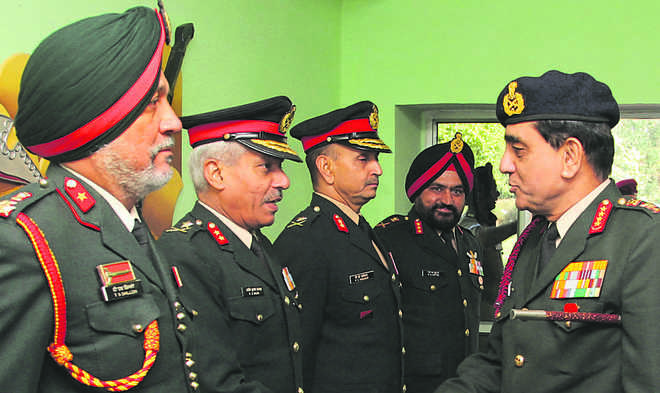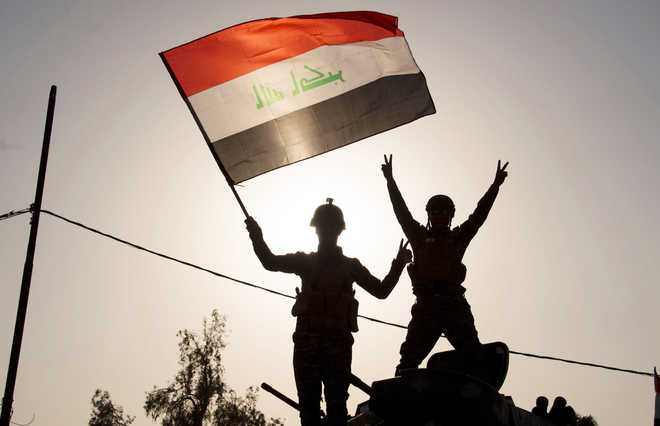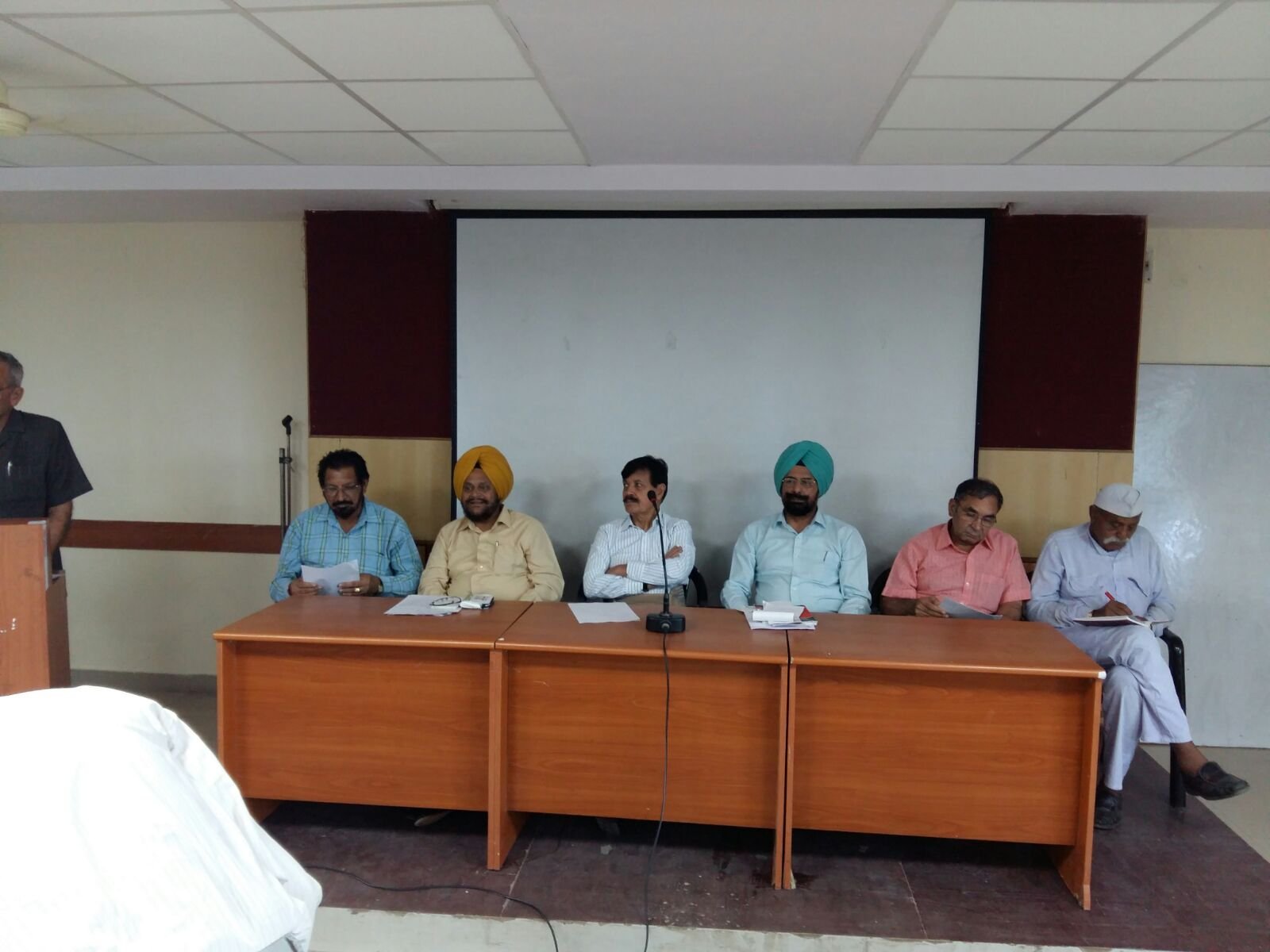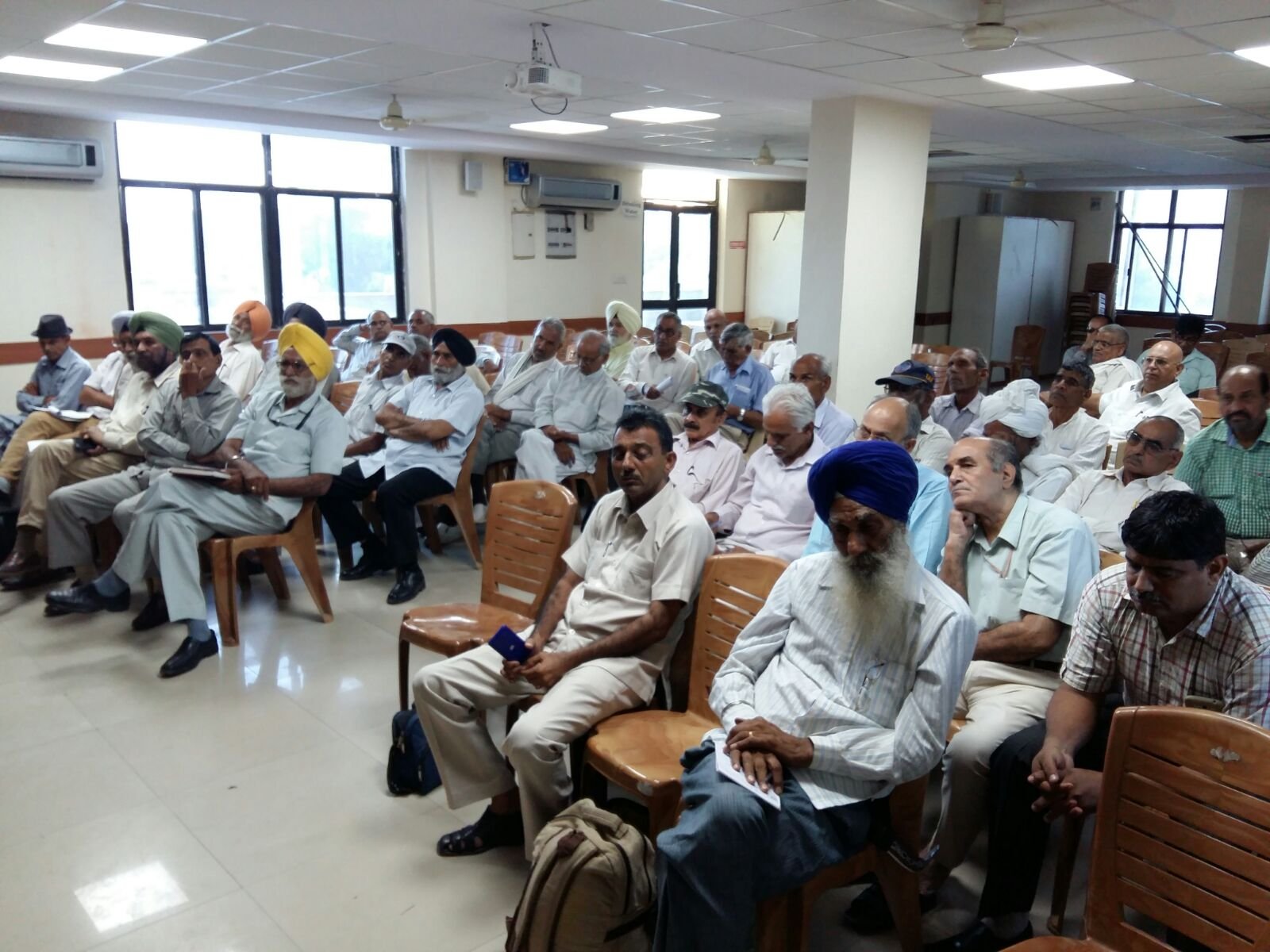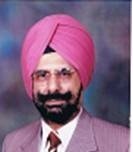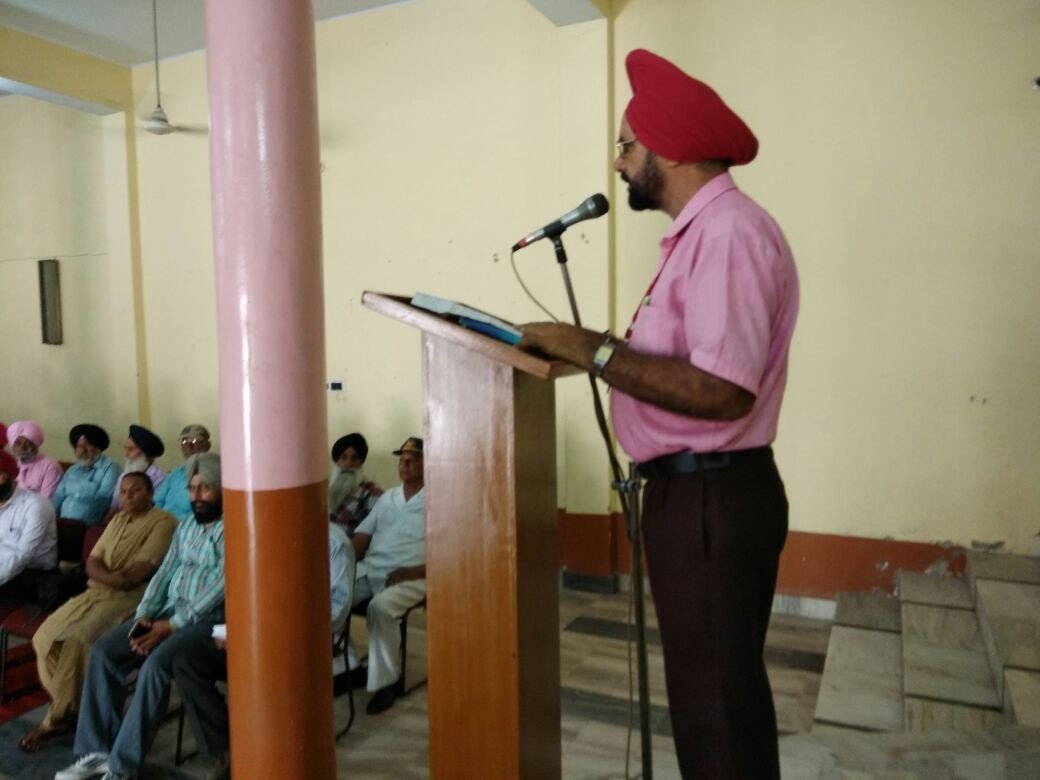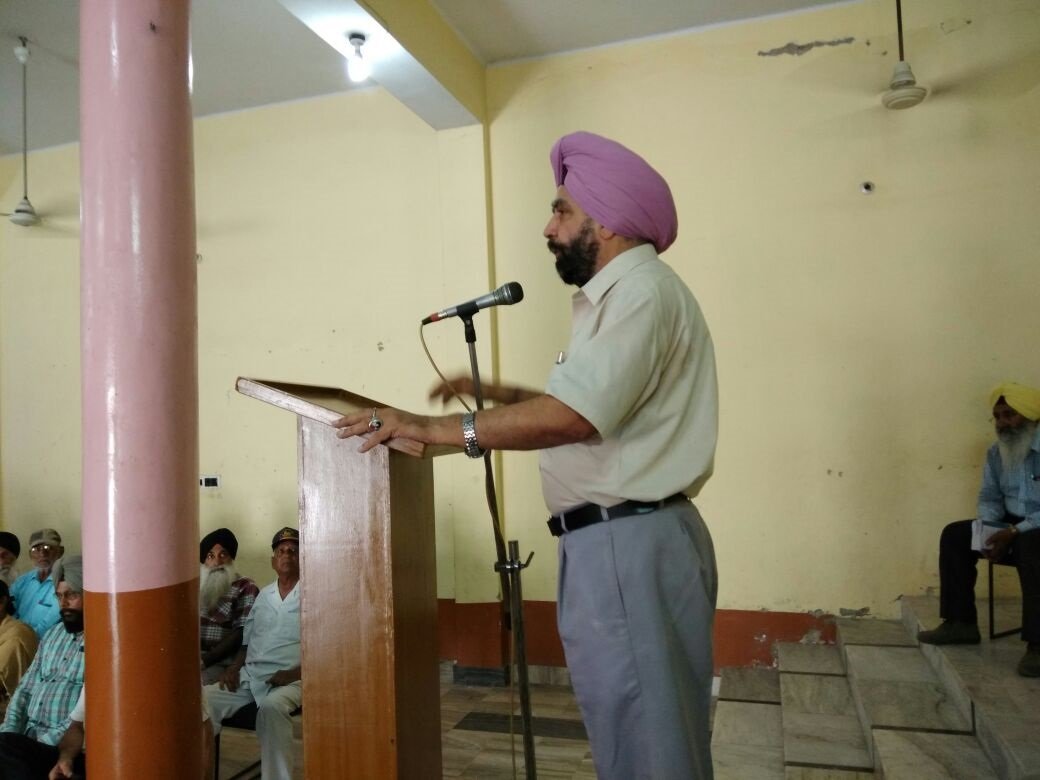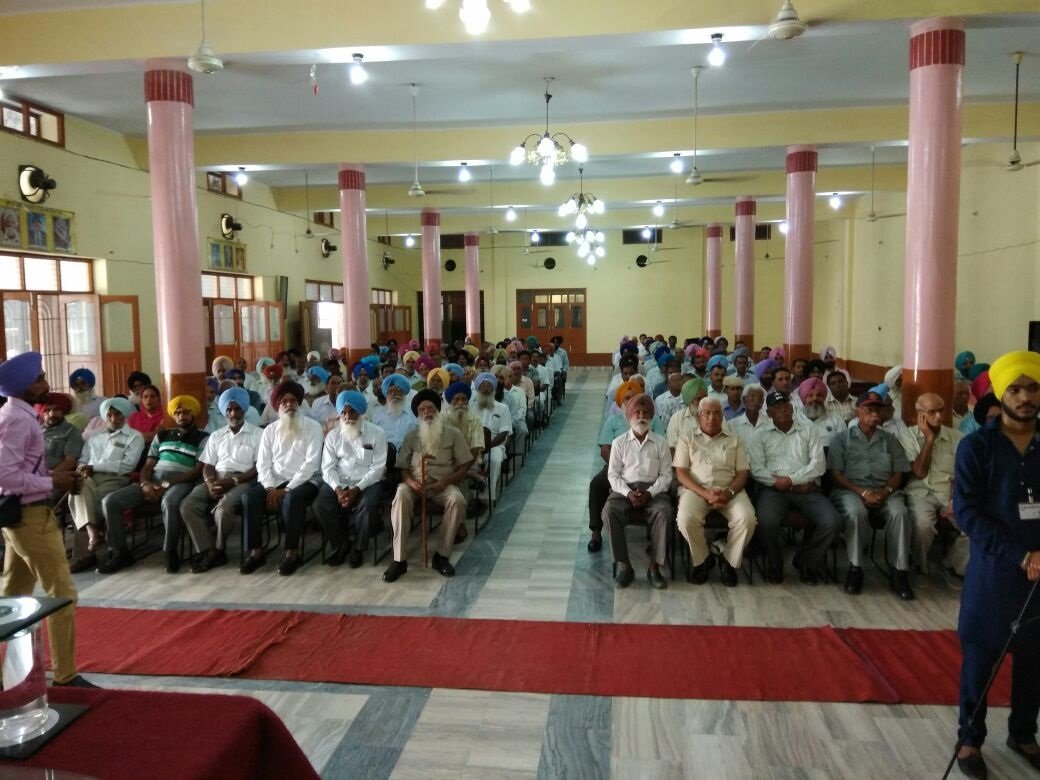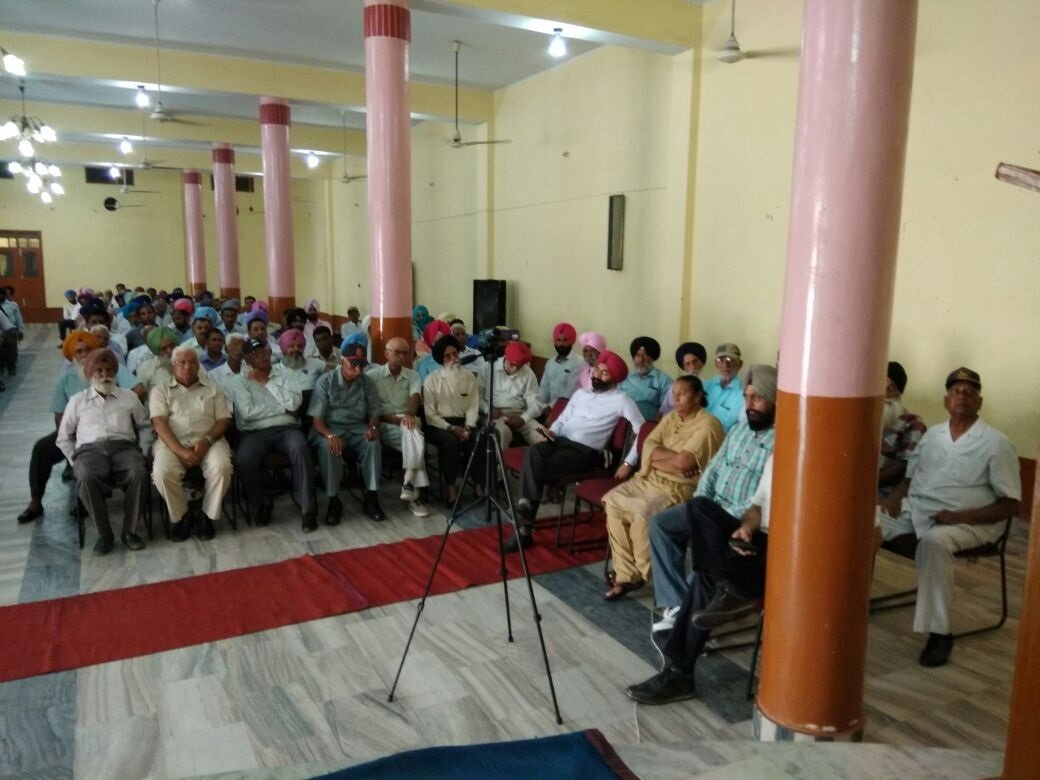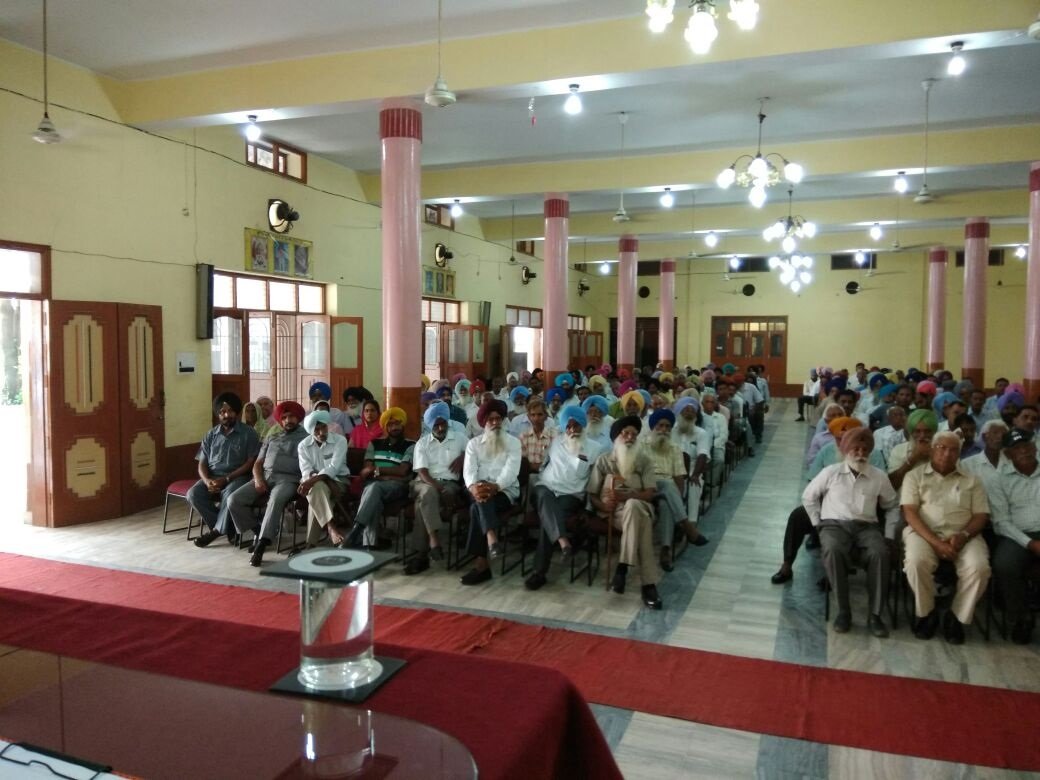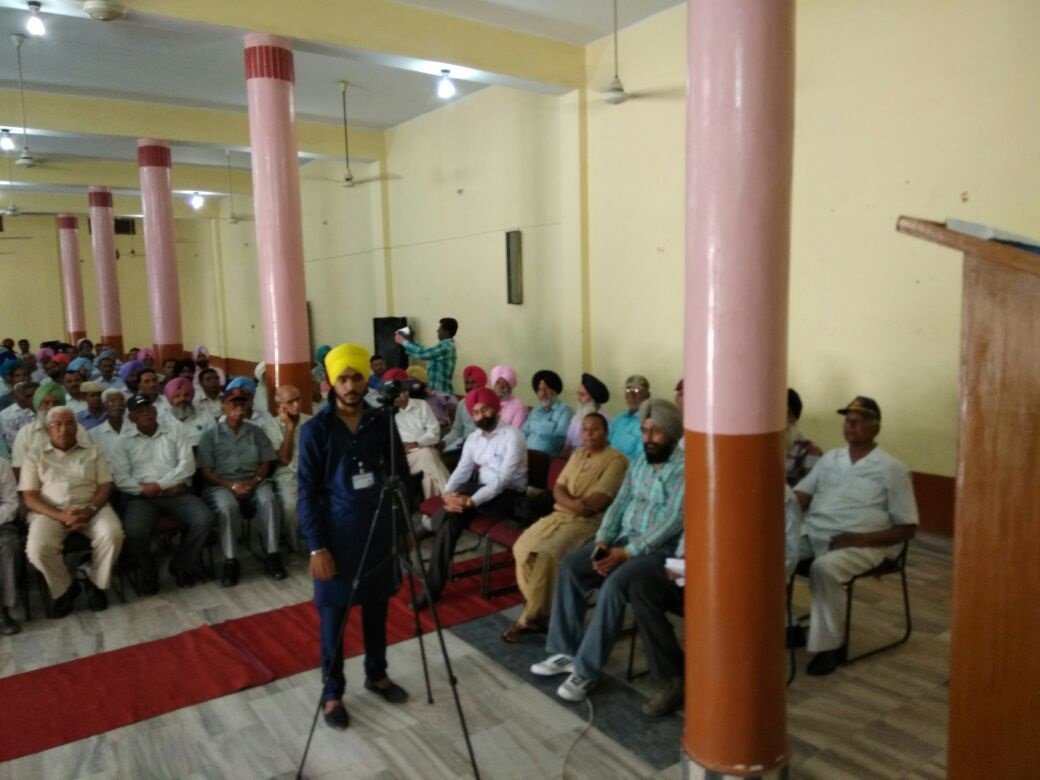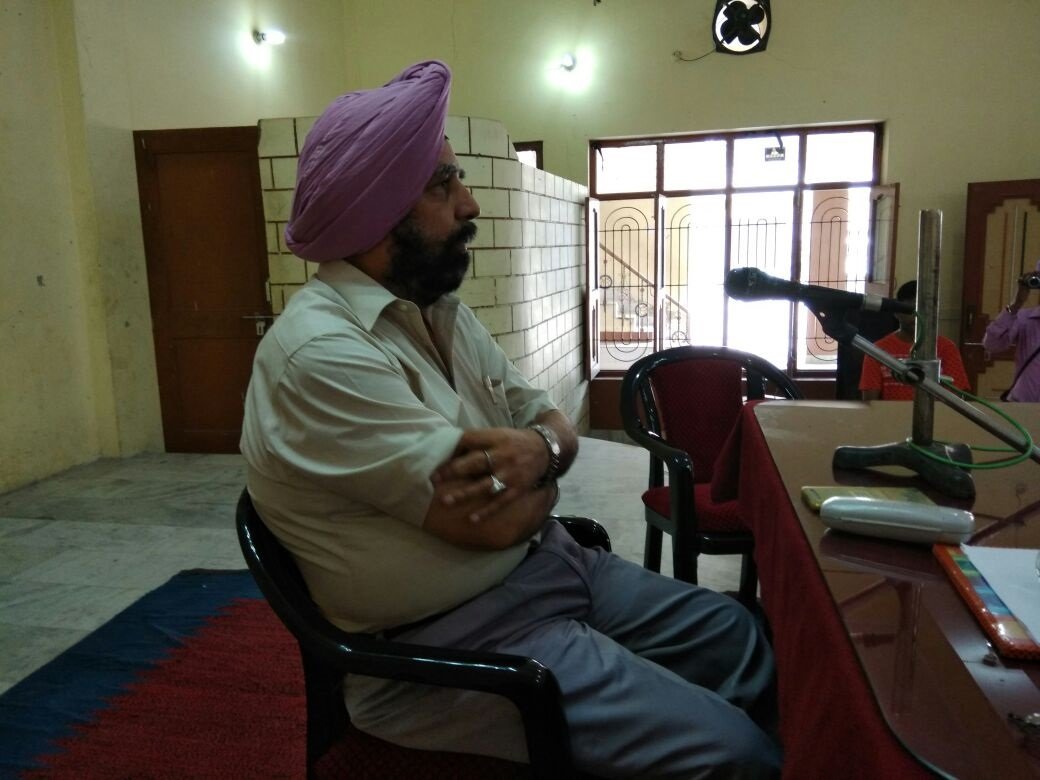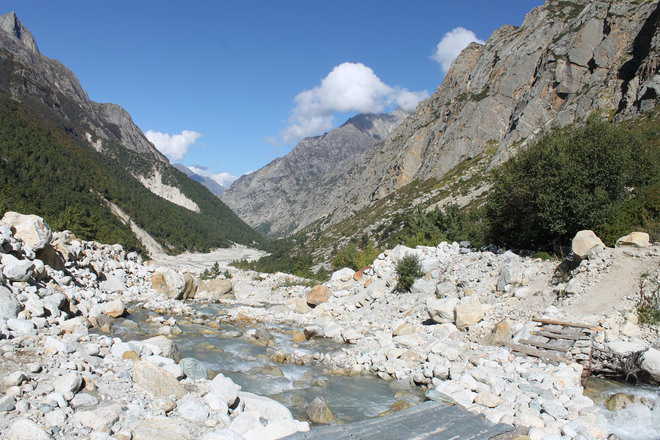While efforts to deescalate should continue, national security concerns must predominate
The ongoing flare-up at Doklam and China’s actions and statements have far-reaching implications for the future of India-China relations. It has brought into sharp definition the thinking among China’s senior leadership echelons about India and their intentions into the open. It will take long for the threats issued by China’s official media to recede from public memory. India’s foreign and security establishments will have taken cognisance of the articles published by China’s state-owned media.
Note would certainly have been taken of the nearly 20 articles in the state-owned ‘Global Times’: warning India of a repeat of the 1962 war, that China will reverse its agreed position on Sikkim, start an international campaign questioning the close India-Bhutan ties, stir up trouble in the northeast and send People’s Liberation Army (PLA) troops into Kashmir at Pakistan’s ostensible behest. An image of a People’s Daily edition of 1962 was also in circulation on the popular Chinese sites Weibo and WeChat on July 12, 2017. The articles and statements by official spokesmen would have been approved at a high level in the Chinese Communist Party (CCP) and reveal the thinking of the senior echelons of the CCP about India.
China’s state-owned media is tightly controlled by the CCP’s powerful propaganda department which often issues thrice daily ‘advisories’ on how and what to print and prominence to be given to any particular subject. Articles relating to neighbouring countries are especially vetted. Since the CCP central committee (CC)’s propaganda department issued Document No: 9 in August 2013, progressively stringent restrictions are being imposed on the media and social media. Document No: 9 unequivocally declares “that the power of leading the press and media is always controlled by the hands of those who are at one with the central committee of the Party with comrade Xi Jinping as general secretary”.
The threat about China’s intention to reverse its recognition of Sikkim as part of India, repeated by Chinese diplomats in New Delhi, underscores the remark by a Chinese vice-foreign minister to the visiting Indian external affairs minister in 2008 that the issue of Sikkim remains unsettled. The warning about promoting insurgency in the northeast, after Deng Xiaoping reversed Mao’s policy of “exporting revolution” in 1979, has as backdrop the clandestine links maintained by Chinese Intelligence over the years with India’s northeast insurgent groups. The warning can well impact on the proposed Bangladesh-China-India-Myanmar (BCIM) Corridor. Incidentally, China was allowed a consulate in Kolkata though it has refused to permit India to reopen one in Lhasa. The article attempting to draw a parallel between India’s action in Dokalam in support of Bhutan and a possible Chinese intrusion in Kashmir ostensibly at Pakistan’s instance, brings into focus China’s links with Kashmiri separatists and the growing collusion between China and Pakistan and the pronounced military content of the China Pakistan Economic Corridor (CPEC).
In the course of the ongoing face-off at Doklam, there can be little doubt that China is exploring various options including military. The area of the face-off falls within the operational jurisdiction of the PLA’s Shigatse (Xigaze) military sub-district subordinate to the western theatre command. The present commander of the western theatre command, 62-year old General Zhao Zongqi, is one of the few serving PLA generals with experience of battle, having fought in the Sino-Vietnam war in 1979, where he also operated under cover in enemy territory. He has two decades of service in Tibet and is familiar with the area and terrain. Fang Jianguo, the incumbent PLA commander in Shigatse, similarly has a promising career ahead. He has been described by the PLA headquarters as a “pacesetter and outstanding commanding officer of the PLA” while the Chengdu military region called him an “excellent commanding officer of the whole army”. Both anticipate further promotions. The present political commissar of the Shigatse (Xigaze) military sub-district, PLA Colonel Xu Qingming is also familiar with the area having earlier served as political commissar of the Lingzhi Military subdistrict. All three would view the ongoing face-off as a setback to their operational plans and likely argue in favour of strong action to dissuade India.














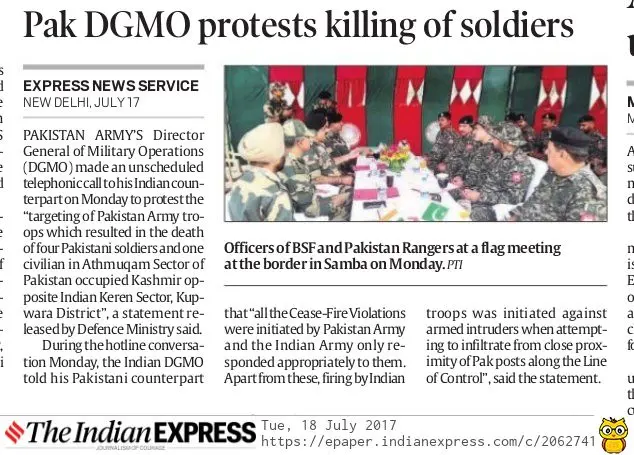
 HT
HT

